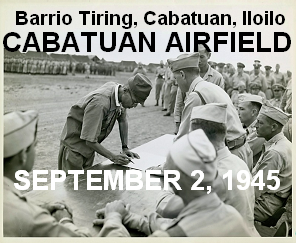
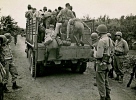
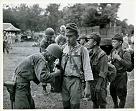
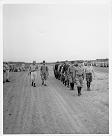
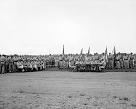
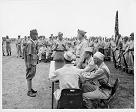
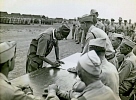
Col. Ryoichi Tozuka signs the surrender instrument
as Col. Raymond G. Stanton looks on.
Cabatuan Airfield
Barrio Tiring, Cabatuan, Iloilo
Panay Island, Philippines, September 2, 1945
|
|
- o -
|
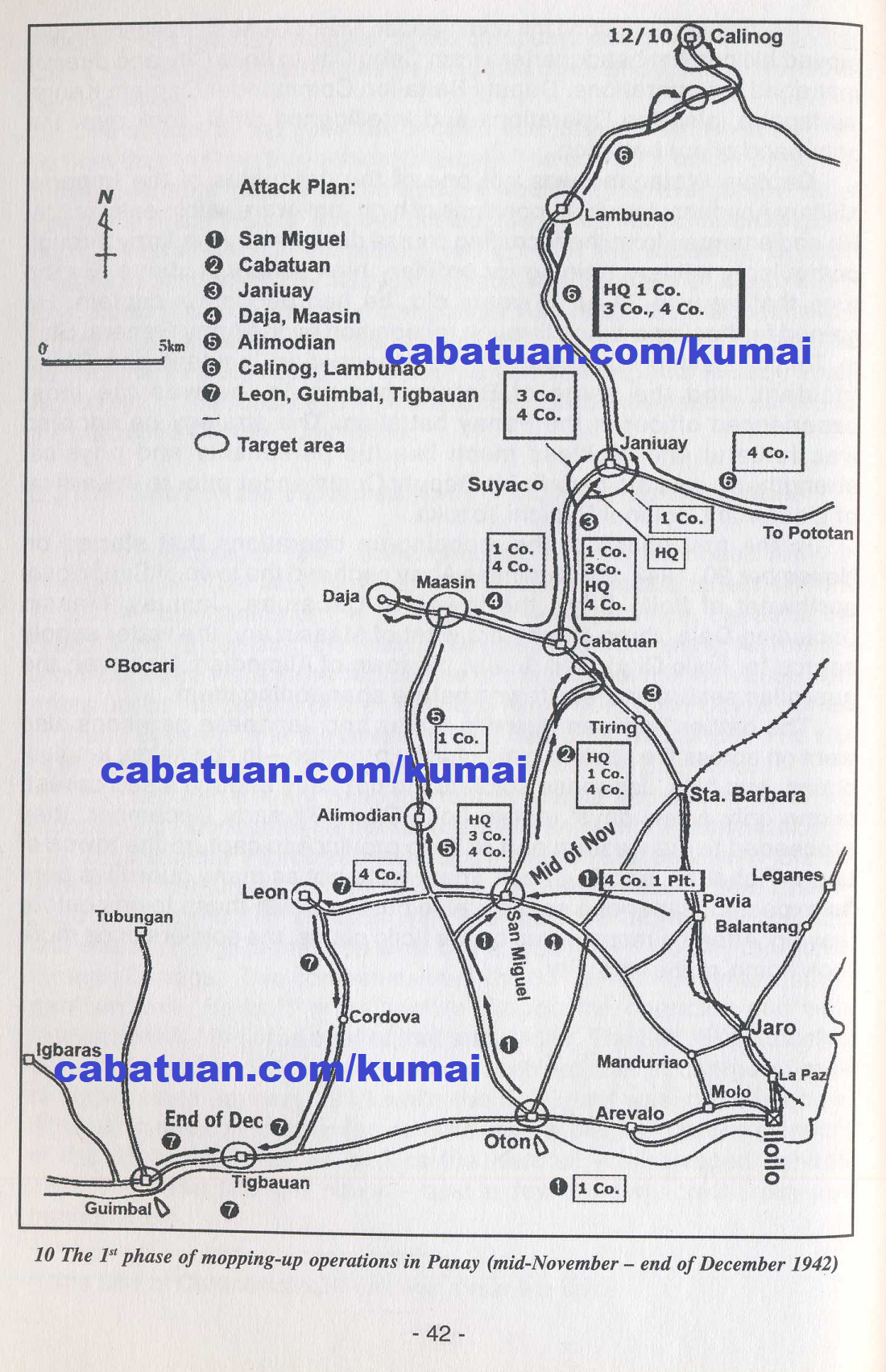
The 1st Phase of mopping-up operations in Panay (mid-November - end of December 1942). Page 42.
|
|
2.3 The Start of the Japanese Army’s Mopping-up Operations
By November of 1942, the organization of the Japanese Army in Panay in lloilo City was made up of the garrison headquarters and the 1st’ and 4th companies of the 37th IIB. For Iloilo province, based at the Santa Barbara garrison, the rnain force was the 3rd Company; for Antique province. there were three companies of the Senô unit in San Jose. The areas under the control of the Japanese Army were Iloilo City, a portion ot Santa Barbara, and the areas around San Jose and Capiz.
The Japanese Army headquarters in Manila decided to carry out mopping-up operations (kantei sakusen) in Panay with additional troops. The supplementary forces consisted of a platoon equipped with four M3 light tanks captured from the US Army in Bataan and a field artillery platoon from the 16th Division with two attached artillery pieces. Our unit was in charge of !he area west of the road from Iloilo City to Pototan through Zarraga. Two companies from the 63rd Line of Communications garrison unit (Heitan)’ were sent to support !he operation and were responsible for the area eust of that same road. The 38th IlB’s Kinoshita unit, mobilized in Saigon in French Indochina, was in charge of most
of Capiz since January 1943 while the Senô unit was in command of Antique. In addition to these forces were several planes from one company of Ihe Army Air Force as well as the Karatsu —. a salvaged gunboat captured from the US Navy–and a few landing craft from port headquarters.
The Visayas Garrison Unit commander, Major General Yasushi Inoue, moved his combat headquarters from Cebu City to Iloilo City and directly managed the operations. Deputy Battalion Commander Captain Kengo Watanabe, also the Operations and Intelligence chief took over the command of our battalion.
Captain Watanabe was not one of the graduates of the Imperial Military Academy for whom positions of high rank were within easy reach. He had emerged from the recruiting course designed by the Army through compulsory military training for ordinary high school students. By the time that he was 34 or 35 years old, he had become a captain. He gained further importance through recognition by the Army General Staff in Tokyo. Having taken part in the Manchurian incident, the China Incident and the siege of Bataan peninsula, he was the most experienced officer in the Panay battalion. The strategy he adopted was forceful and reckless much like his personality and physical strength. He was the battalion’s Deputy Commander prior to the arrival of Lieutenant Colonel Ryoichi Tozuka.
In the first phase ol the mopping-up operations that started on November 20, 1942, the Japanese Army captured the town of San Miguel northwest of lloilo City, the towns of Cabatuan, Janiuay, Maasin (including Daja, three kilometers west of Maasin and the water supply source for Iloilo City), and finally, the town of Alimodian. However, the guerrillas set fire to these towns before abandoning them.
The battles between guerrilla forces and Japanese garrisons also went on across the eastern plain of Iloilo province–in rice fields. jungles, plains, and hills. Japanese soldiers did not have enough sleep or rest, taking only a few days’ rest in Iloilo City. By early December, they proceeded to the western part of Iloilo province to capture the towns of Leon, Tigbauan, and Guimbal. There were not as many guerrillas here as expected. Japanese soldiers also burned down these towns before leaving. After the mopping-up on the Iloilo plains, the soldiers once more took some rest in the city.
|
|